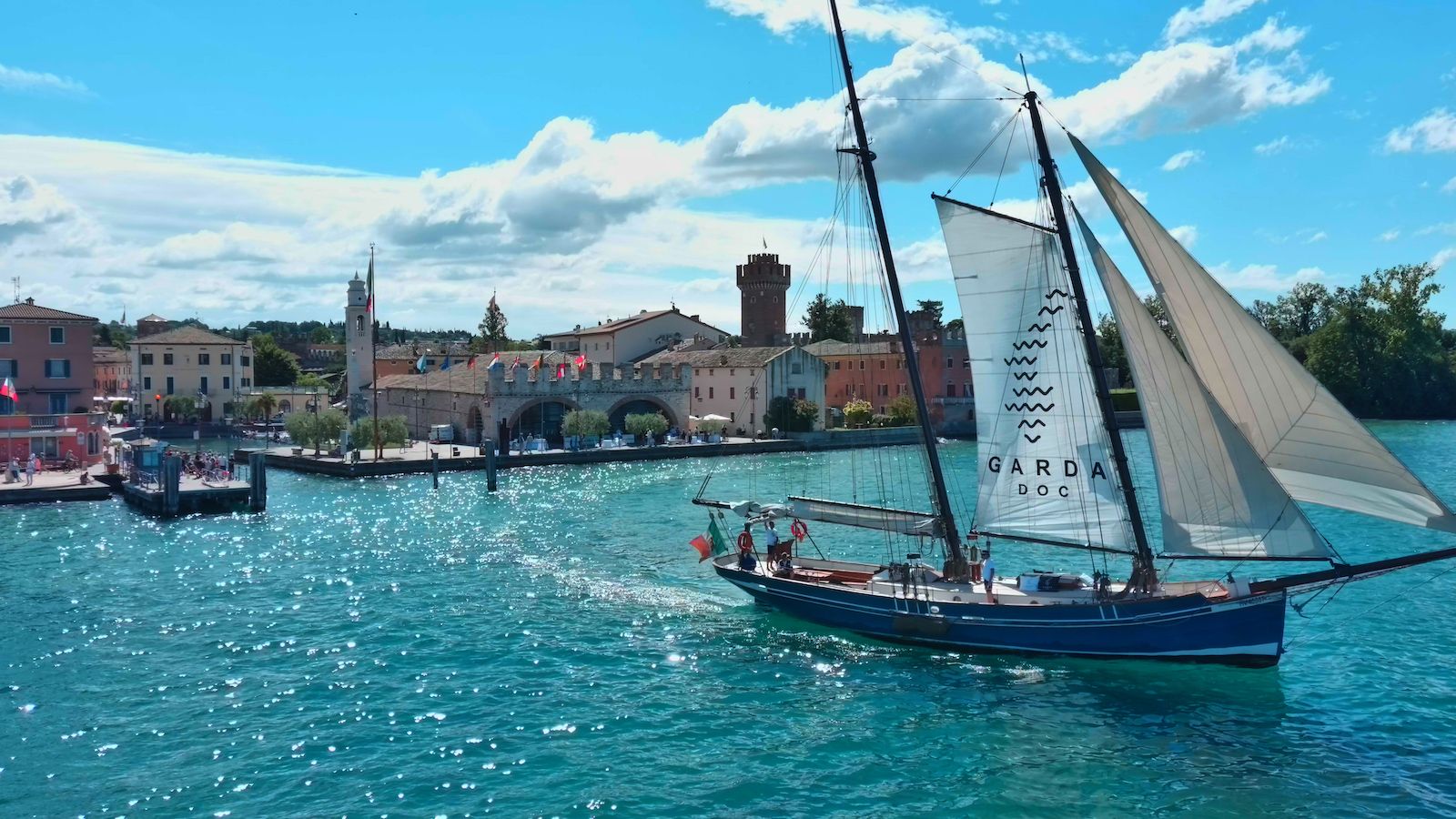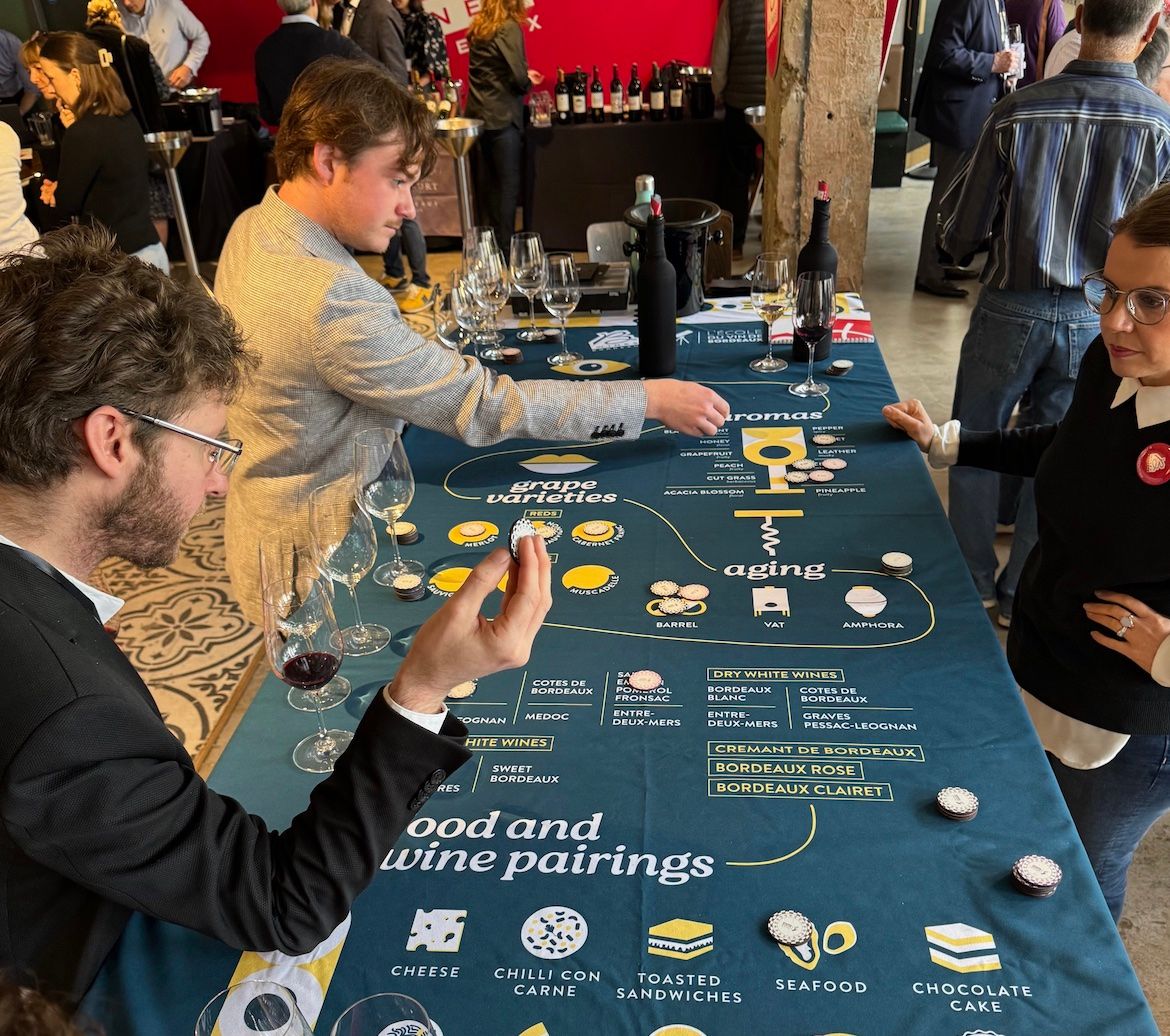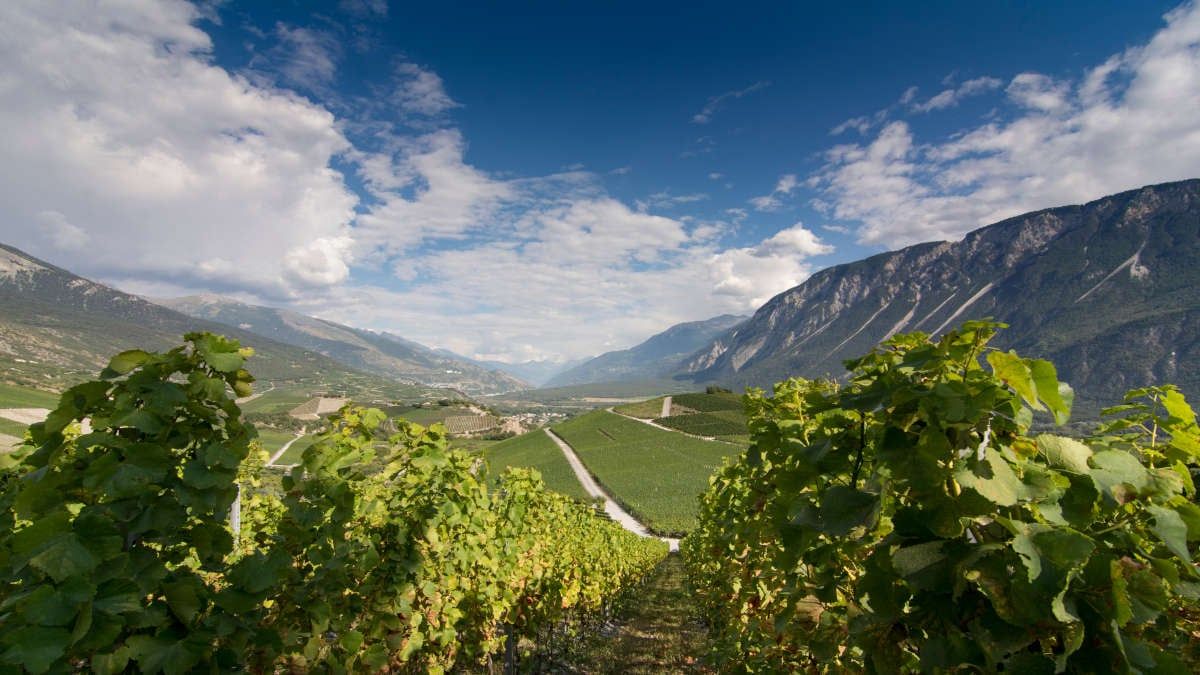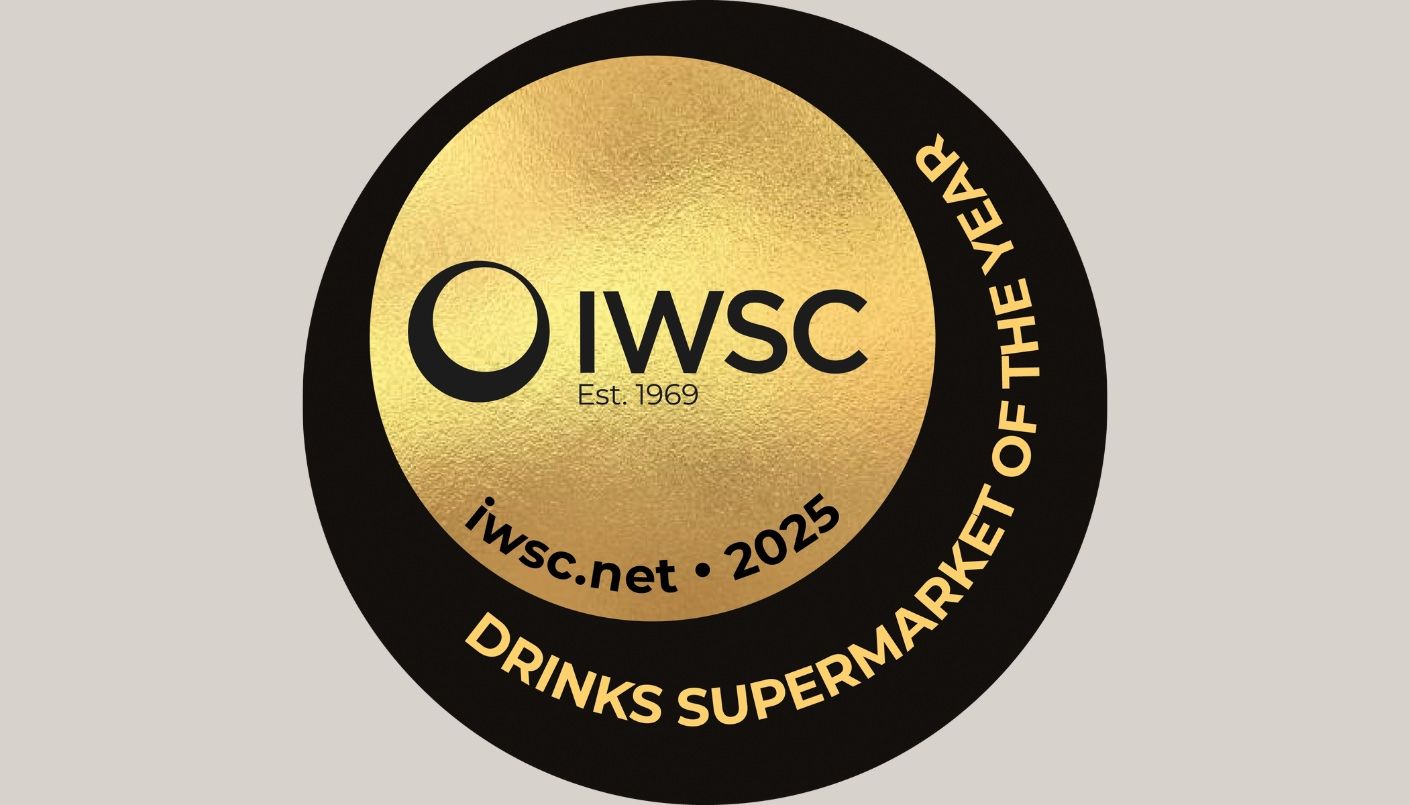“The growth Garda has seen in recent years, and its projections for the future, suggests its many tourists are happy to keep their holiday memories alive with these approachable, well-priced wines,” writes Hawkings.
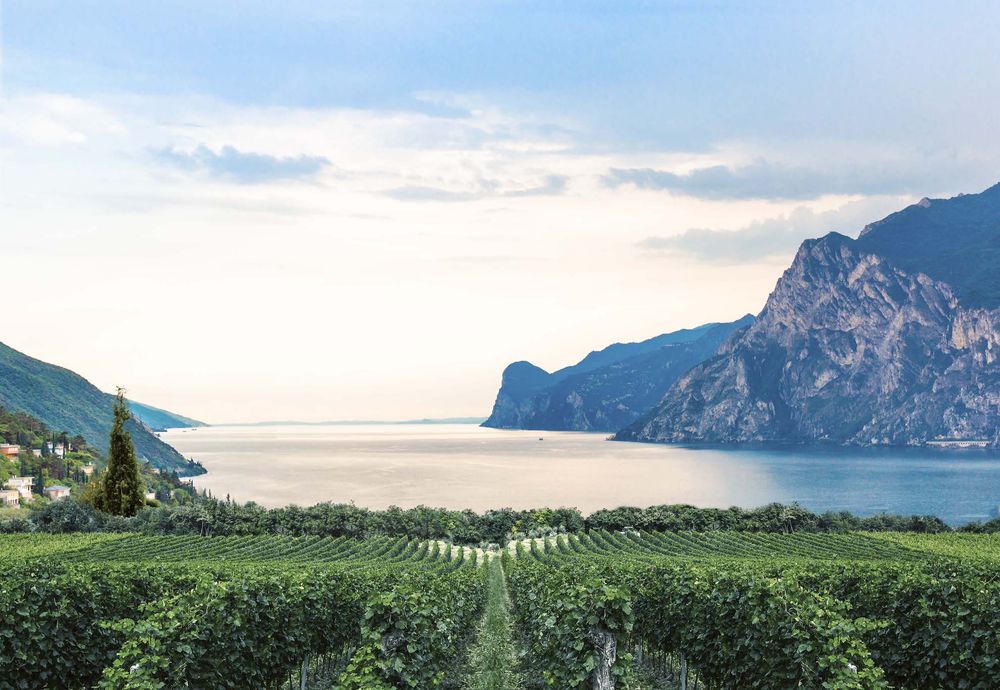
Garda DOC: still wines have boomed most, now accounting for 70% of the region’s output
Garda is the largest lake in Italy. Straddling the provinces of Lombardy, Verona and Trentino, it is 370 sq km of glistening water, bulbous in its southern reaches, tapering to a narrow valley in the foothills of the Italian Alps in the north.
Tourism has been the mainstay of Lake Garda’s economy since Roman times. Its shores are dotted with hotels, restaurants, ice cream parlours, campsites and all the other trappings tourists expect, while grand villas stand aloof as boats of all shapes and sizes bob cheerfully on moorings or chug across the water. Between the towns, the landscape is green and lush, woodlands giving way to neat olive and citrus groves, caper bushes, stands of cypress trees and healthy-looking vineyards. The lake welcomed around 6 million visitors in 2022, mainly German and Swiss for whom it is a short hop from home to get a slice of la dolce vita, but wine production is hot on tourism’s heels, and has seen the biggest growth in recent years.
Ambitious growth for Garda DOC

80% of Garda DOC’s production is exported, with most bottles retailing between €5 and €10
Established in 1996, the Garda DOC cups the lake and sprawls out to the east, embracing 10 more historic DOCs including Bardolino, Valpolicella, Soave and Lugana but also giving a demarcated home to the orphan international varietals (mainly Pinot Grigio, Chardonnay, Cabernet Sauvignon and Merlot) that grow here but can’t be used in the sub-appellations. The Garda DOC was originally used only for these, but now local grapes are being embraced, including Gargegena, Trebbiano di Lugana, Corvina and Marzemino, as well as others – Riesling is growing nicely here, for example, and shows great promise.
Garda DOC kept a relatively low profile against its more illustrious appellations until 2016 when it was adopted by all 250 producers in the region and production ramped up considerably, from 4.5 million bottles then to over 20 million in 2022, with plans to increase that to at least 25 million by 2025 as plantings see double-digit growth year on year.
“Tourism is important for Garda, but wine is becoming increasingly important as well,” said Carlo Panont, Director of the Garda DOC Consortium, well funded by local governments and the EU, as he welcomed a gaggle of international journalists there last June to attend the official presentation of a year-long pedodiversity study, a comprehensive mapping of the wide variety of soils in the region led by Dr Giuseppe Benciolini.
“This territory includes many different soil types that are derived from the geological and geomorphological shaping processes that have affected the continent over the past 200 million years,” explained Dr Benciolini. “Having this knowledge of the soils of the region is the foundation on which producers can build their wines.”
Lake Garda and its immediate hinterland to the south and west were formed by advancing and retreating glaciers that left arcs of gently rolling morainic hillsides interspersed with gravel-rich deposits on the fluvioglacial plain, while to the east older variegated limestone and soils of volcanic origin predominate, with altitudes rarely topping 200m.
The lake itself plays a central role in the micro-climate of the region, giving mild winters and cooling breezes in summer, and relatively high rainfall. Organic viticulture is slowly increasing, but faces challenges, particularly from mildews that thrive in the humid climate. Growers are looking for varietals and clones that are resistant to these, and those which also ripen later as a response to climate change.
Sparkling wines, both charmat and traditional method, have been allowed in the DOC since 2014 and have been a big hit. The charmat wines tend to be made with Garganega, Trebbiano di Lugano or Pinot Grigio, while the traditional method wines tend to be blends of Chardonnay, Pinot Noir and Corvina (for white), or Marzemino, Corvina and Pinot Noir for rosés. These accounted for half the Garda DOC production in 2018, but it is the still wines that have grown most since then, now accounting for 70% of the region’s output.
So, what of the wines themselves?
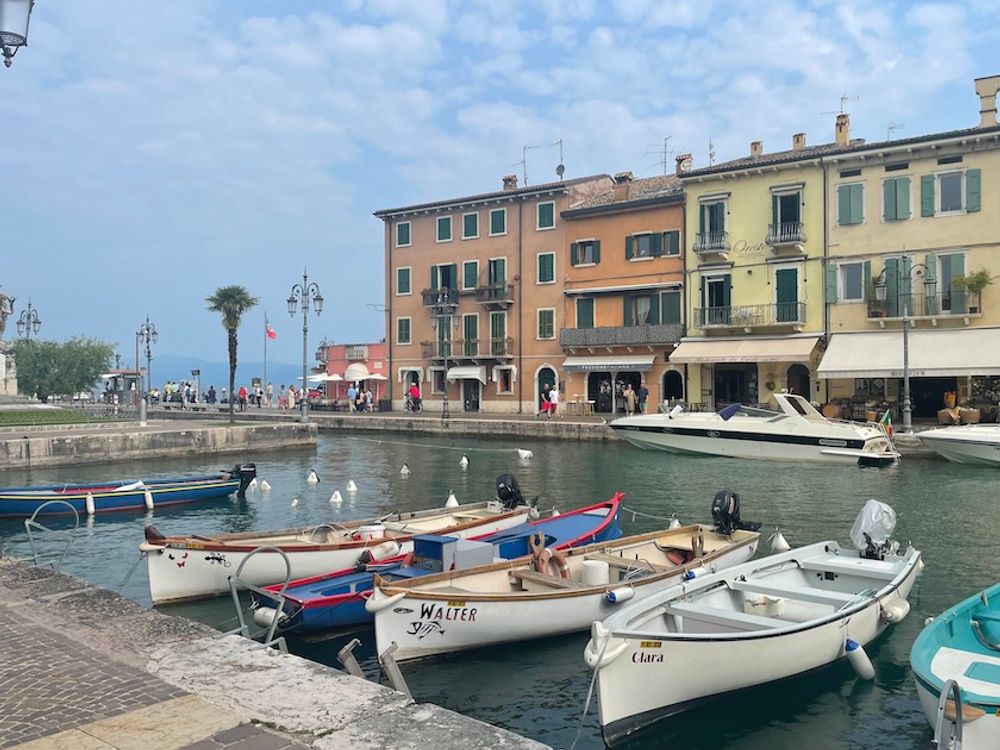
Tourism has been the mainstay of Lake Garda’s economy since Roman times
We are only shown wines from the Garda DOC on the press trip, rather than the sub-appellations, and it’s hard to pinpoint a particularly distinctive thread that links them all, presumably because of the very diversity of soil types we were there to celebrate. The focus was on simple, affordable wines rather than the more premium bottles produced in the historic DOCs; easy-drinking wines that call to mind holidays in sunny places. It is no surprise that Germany is the largest export market.
80% of Garda DOC’s production is exported, with most bottles retailing between €5 and €10. Frustratingly, few of the wines we tasted are imported into the UK, although many producers, including Perla Del Garda (which made some of the best sparkling wines we tasted) are seeking UK representation.
“We know these generally aren’t the best wines produced in the area,” said Panont. “They aren’t intended to be, but our message is that Lake Garda should be as recognised for its wines as for its tourism. We want to be like Tuscany, where tourism and wine are equally respected and revered.”
A bold ambition, especially for such a new DOC, but the growth Garda has seen in recent years, and its projections for the future, suggests its many tourists are happy to keep their holiday memories alive with these approachable, well-priced wines, while more serious drinkers will seek out the more singular wines from the 10 historic DOCs within the Garda region.
